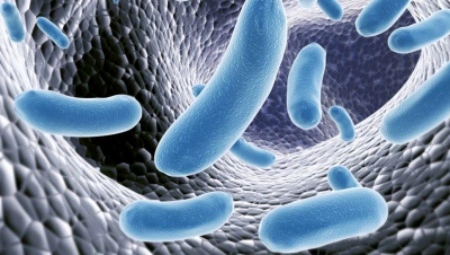- English
- French
- German
- Portuguese
- Spanish
- Russian
- Japanese
- Korean
- Arabic
- Greek
- German
- Turkish
- Italian
- Danish
- Romanian
- Indonesian
- Czech
- Afrikaans
- Swedish
- Polish
- Basque
- Catalan
- Esperanto
- Hindi
- Lao
- Albanian
- Amharic
- Armenian
- Azerbaijani
- Belarusian
- Bengali
- Bosnian
- Bulgarian
- Cebuano
- Chichewa
- Corsican
- Croatian
- Dutch
- Estonian
- Filipino
- Finnish
- Frisian
- Galician
- Georgian
- Gujarati
- Haitian
- Hausa
- Hawaiian
- Hebrew
- Hmong
- Hungarian
- Icelandic
- Igbo
- Javanese
- Kannada
- Kazakh
- Khmer
- Kurdish
- Kyrgyz
- Latin
- Latvian
- Lithuanian
- Luxembou..
- Macedonian
- Malagasy
- Malay
- Malayalam
- Maltese
- Maori
- Marathi
- Mongolian
- Burmese
- Nepali
- Norwegian
- Pashto
- Persian
- Punjabi
- Serbian
- Sesotho
- Sinhala
- Slovak
- Slovenian
- Somali
- Samoan
- Scots Gaelic
- Shona
- Sindhi
- Sundanese
- Swahili
- Tajik
- Tamil
- Telugu
- Thai
- Ukrainian
- Urdu
- Uzbek
- Vietnamese
- Welsh
- Xhosa
- Yiddish
- Yoruba
- Zulu
Drug-resistant infections more likely to strike women, says WHO
In an unrecognized and growing problem, women may be more susceptible to drug-resistant infections than men, according to a recent statement released by the World Health Organization.
In May 2024, WHO included four pathogens on a list of drug-resistant bacteria that pose the greatest threat to human health. This list had been first published in 2017 to help countries develop action plans to tackle antimicrobial resistance (AMR), which is caused by the overuse and misuse of antibiotics and leads to bacteria becoming resistant to drugs through DNA mutations.
Changes to the list are based on how common the bacteria cause infections, how deadly the bacteria are, and how easy it is to prevent infections through measures such as hand washing, isolation, and vaccinations.WHO has added three types of streptococcus bacteria to the list, which cause a type of pneumonia and an influenza-like infection that can be fatal in extreme cases, as well as a type of highly drug-resistant tuberculosis. Streptococcus is associated with a high burden of disease, especially in poor countries; in addition, TB strains are difficult to detect and costly to treat after infection.

"Most existing national action plans do not mention gender, let alone take it into account when designing AMR interventions."
Speaking at the European Congress of Clinical Microbiology and Infectious Diseases in Barcelona, Spain, recently, Zlatina Dobreva, WHO's technical officer focusing on AMR, said, "Gender influences exposure to infections, prescribing patterns, and healthcare-seeking and self-treatment behaviors."
WHO conducted the review in collaboration with researchers at the Global Strategy Laboratory in Toronto, Canada. "This is an excellent and timely piece of work." Deepshikha Batheja of the Same Health Trust, a global public health think tank, said, "It is important to look at gender because gender is one of the determining social factors that affect population health and health inequalities."
The researchers analyzed 130 studies published between 2000 and 2023 that focused on gender and AMR. About 20 percent of the studies focused on Africa and about 15 percent on Southeast Asia.
The team found that in poorer regions of the world, an inadequate supply of clean water makes women more susceptible to drug-resistant urinary tract infections than men, due to women's menstrual hygiene needs. In these regions, women are often responsible for collecting water, preparing food and doing farm work, which increases their exposure to pathogens such as drug-resistant E. coli present in water and food. Although there are many factors that put women at greater risk for drug-resistant infections, it is not clear whether such infections are more common in women than in men. That's because many countries don't collect data on gender when tracking AMR, Dobreva said, adding that filling this data gap is critical to addressing gender inequality.

A high-level meeting on drug resistance will be held during the UN General Assembly this September, with the aim of encouraging countries to make strong commitments on how to tackle the global threat, and Dobreva hopes that the results of this WHO review and the forthcoming report will raise awareness among delegates of the need to discuss gender inequality at this meeting.







